Guide to Recognizing Hazardous Waste
This guide has been developed by Pinellas County Solid Waste to help businesses properly manage wastes in accordance with federal, state and local laws.
The information provided on this webpage is for businesses. For information on how to dispose of household chemicals and batteries, visit the Household Chemical Collection webpage.
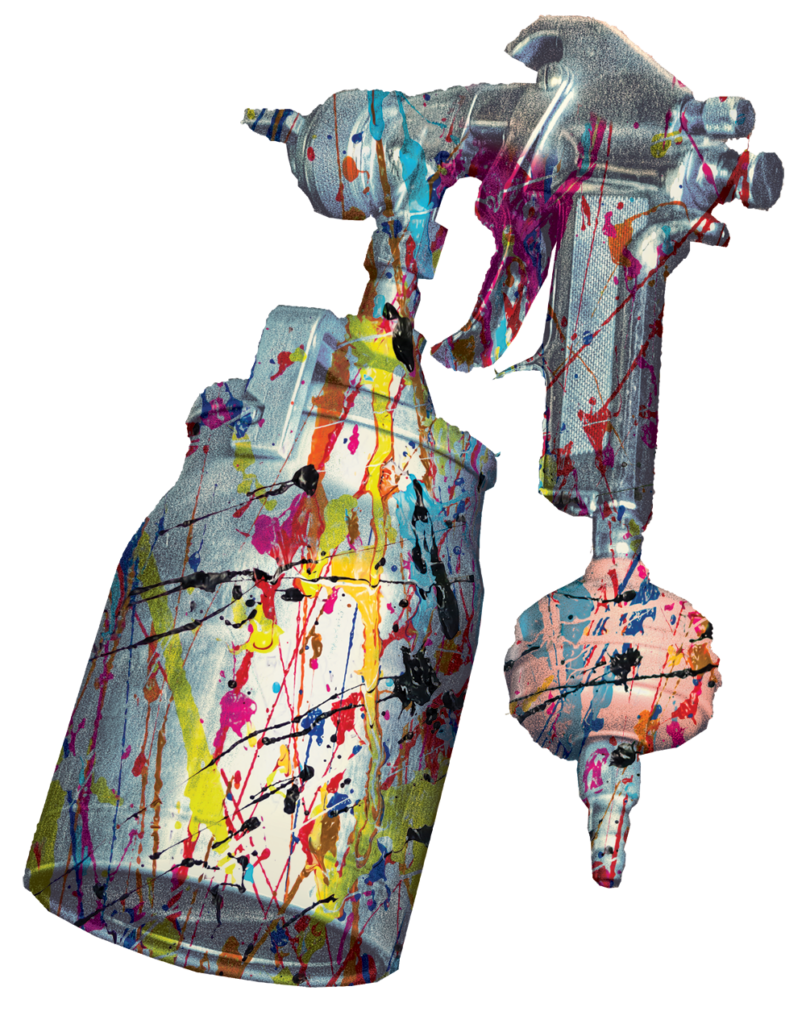
What is Waste?
Waste is any material, solid, liquid, or contained gas that is discarded, abandoned, or no longer of use for its intended purpose. Waste can be the by-product of a manufacturing process, cleaning operation, expired goods, or even recycled goods depending on the material and manner of recycling.
Does My Business Generate Hazardous Waste?
Many wastes can be categorized as hazardous wastes – wastes that can’t just be discarded in the trash. Almost all businesses have the potential to generate hazardous wastes. Depending on your business type and the products you use or produce, you may generate wastes that must be disposed of as hazardous waste or universal waste. Hazardous wastes require special management, storage and disposal. This often means documenting that the waste was disposed of according to regulatory requirements and maintaining disposal records.
What is Hazardous Waste?
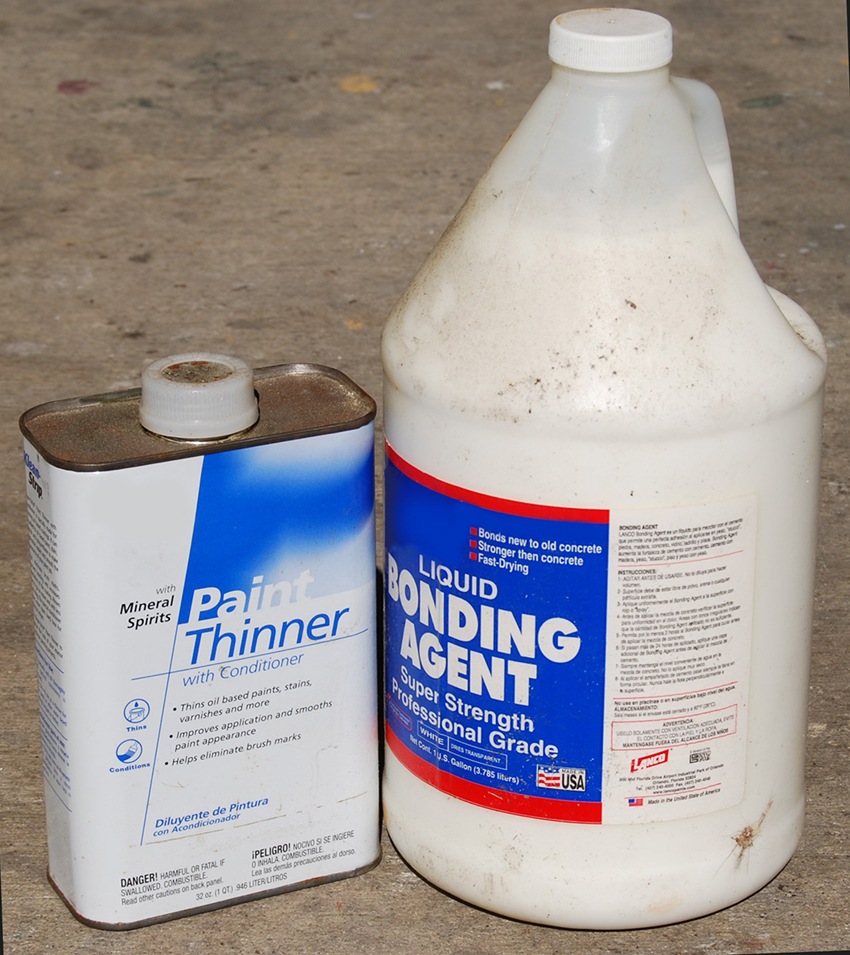
Materials that are ignitable, corrosive, reactive, toxic, or specifically listed by law as hazardous waste are categorized as hazardous waste when they can no longer be used for their intended purpose or are disposed.
- Ignitable: Flashpoint less than 140°; and or greater than 24 percent alcohol content
- Corrosive: pH less than or equal to 2.0 or greater than or equal to 12.5
- Reactive: Explosive, unstable, reacts violently with air or water, generates toxic vapor or gas
- Toxic: Fails laboratory testing for one or more of 40 specific toxic substances listed in 40 CFR Part 261.24
- Listed: 40 CFR Subpart D and adopted by the Florida Department of Environmental Protection through Chapter 62- 730, FAC
Lists include the F-, K-, U-, and P- lists. P-listed wastes are acute hazardous wastes.
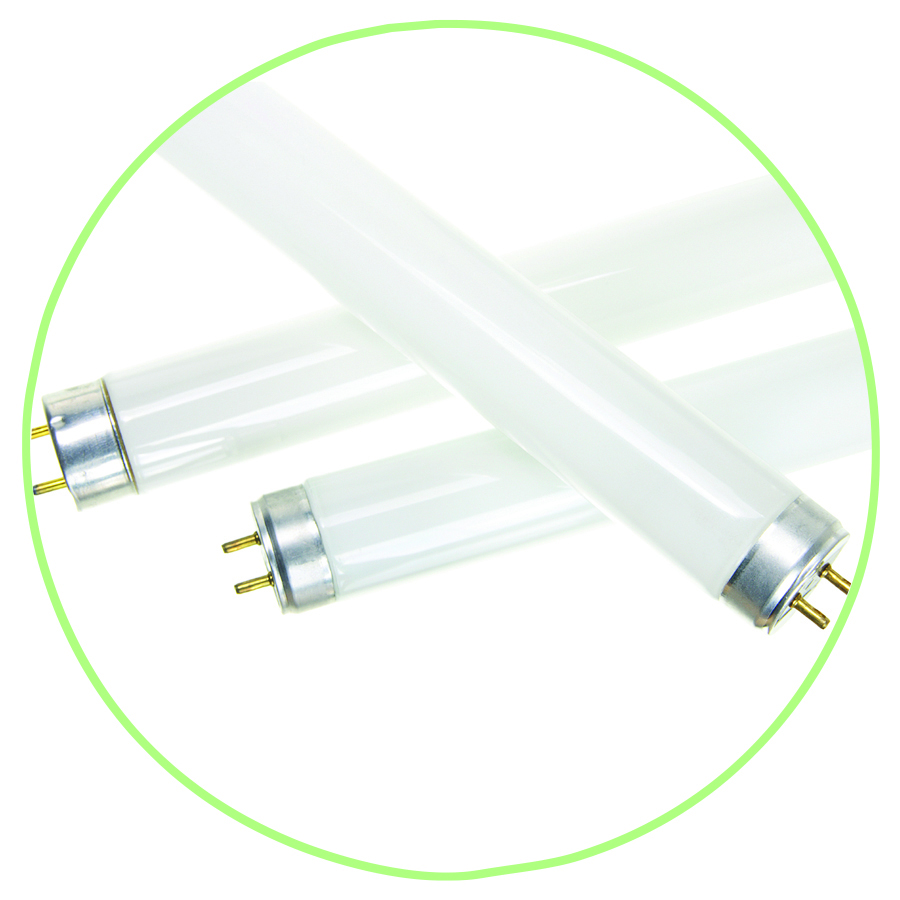
What is Universal Waste?
Universal wastes are hazardous wastes that are so common that they can be found in nearly every business. Despite their widespread use, they can’t be disposed as regular trash. These wastes are typically not considered hazardous waste if recycled. Mercury-containing lamps (ex. fluorescent lamps) and rechargeable batteries are universal waste examples.
Common Hazardous Waste Sources
| Waste Type | Common Sources | Related GHS Pictogram(s) |
| Ignitable | Alcohol-based cleaners Oil-based paints Solvents Waste fuel Waste Ink | 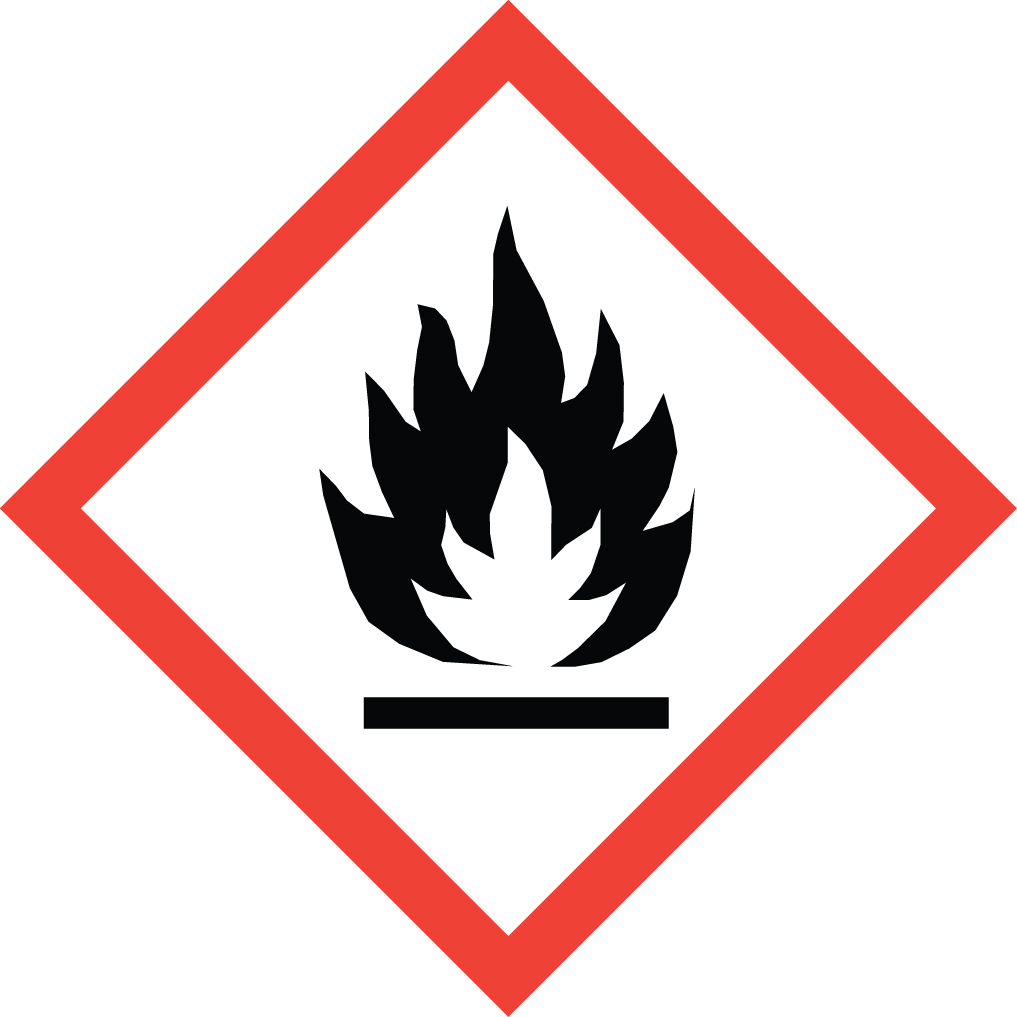 |
| Corrosive | Acids and bases Battery acid Cleaning products | 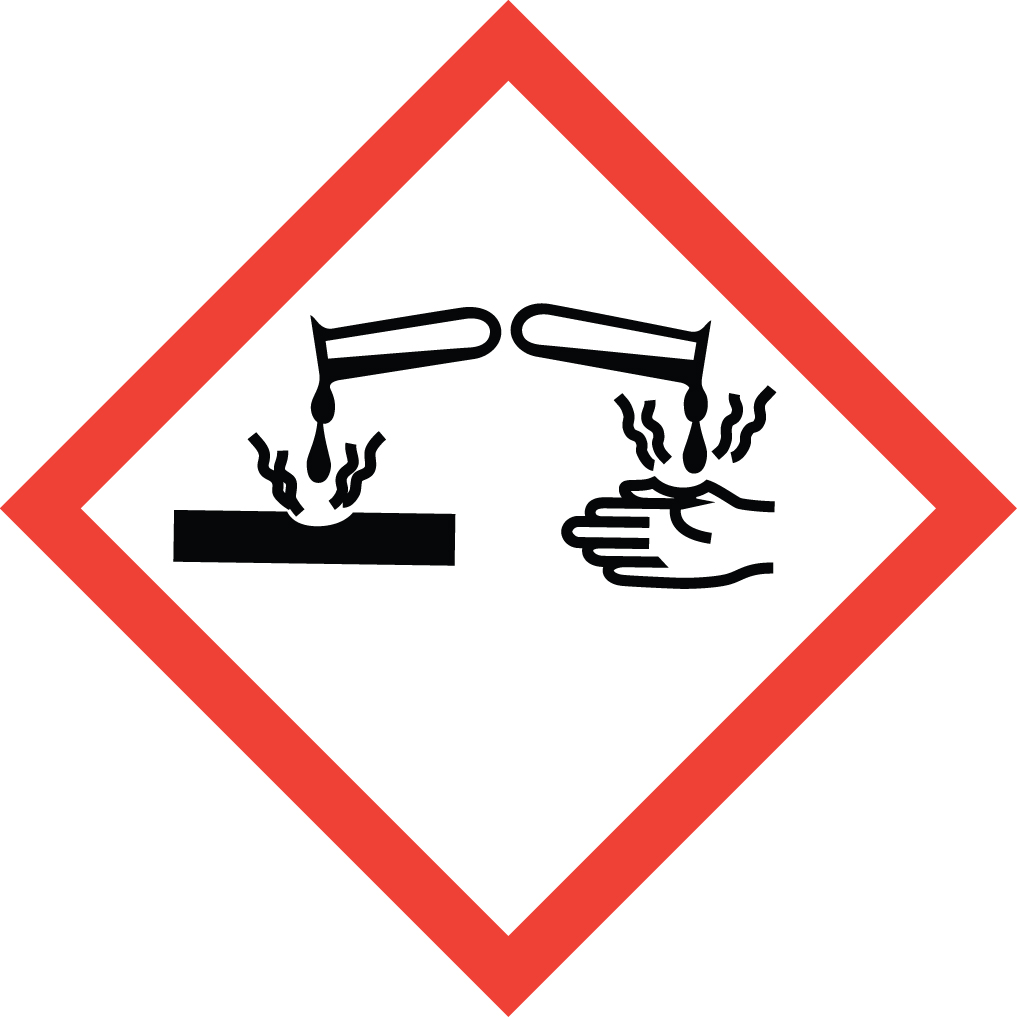 |
| Reactive | Aerosol cans Two-part resins Peroxides | 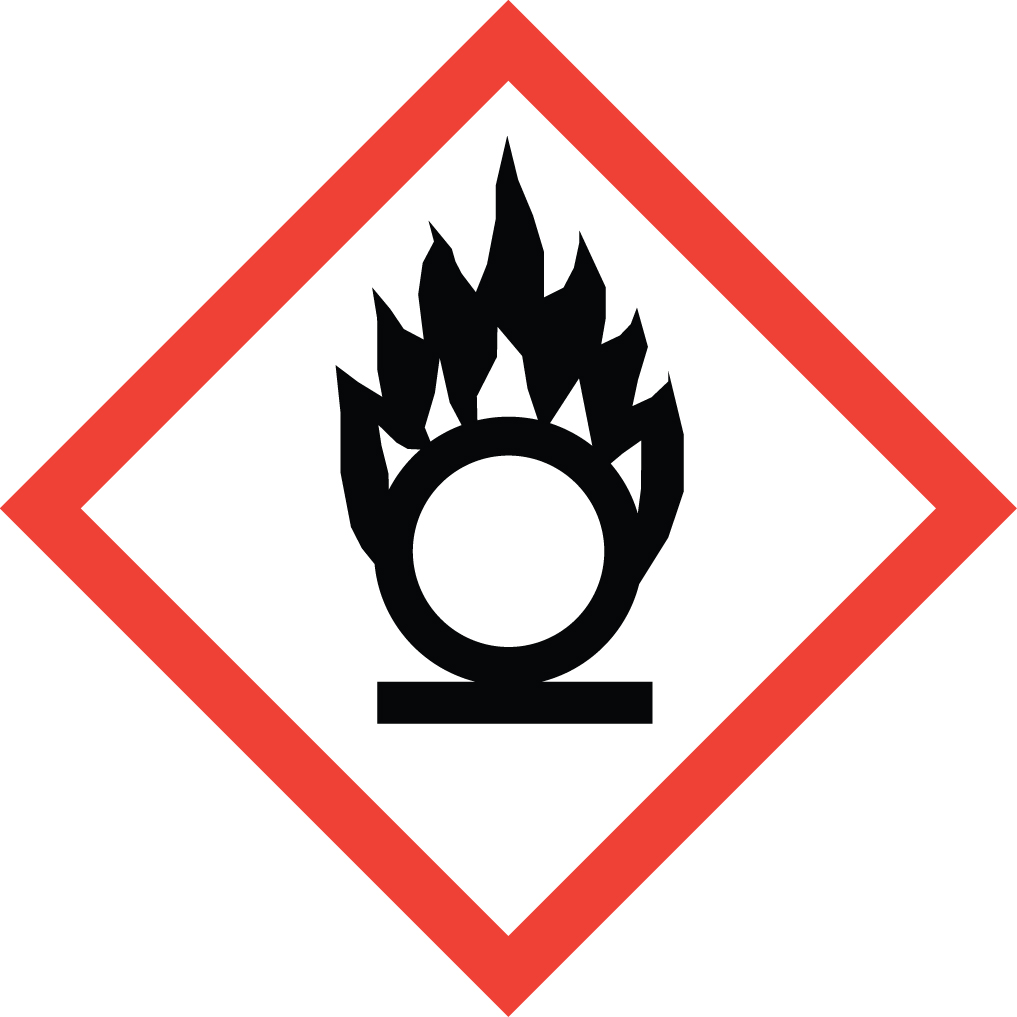 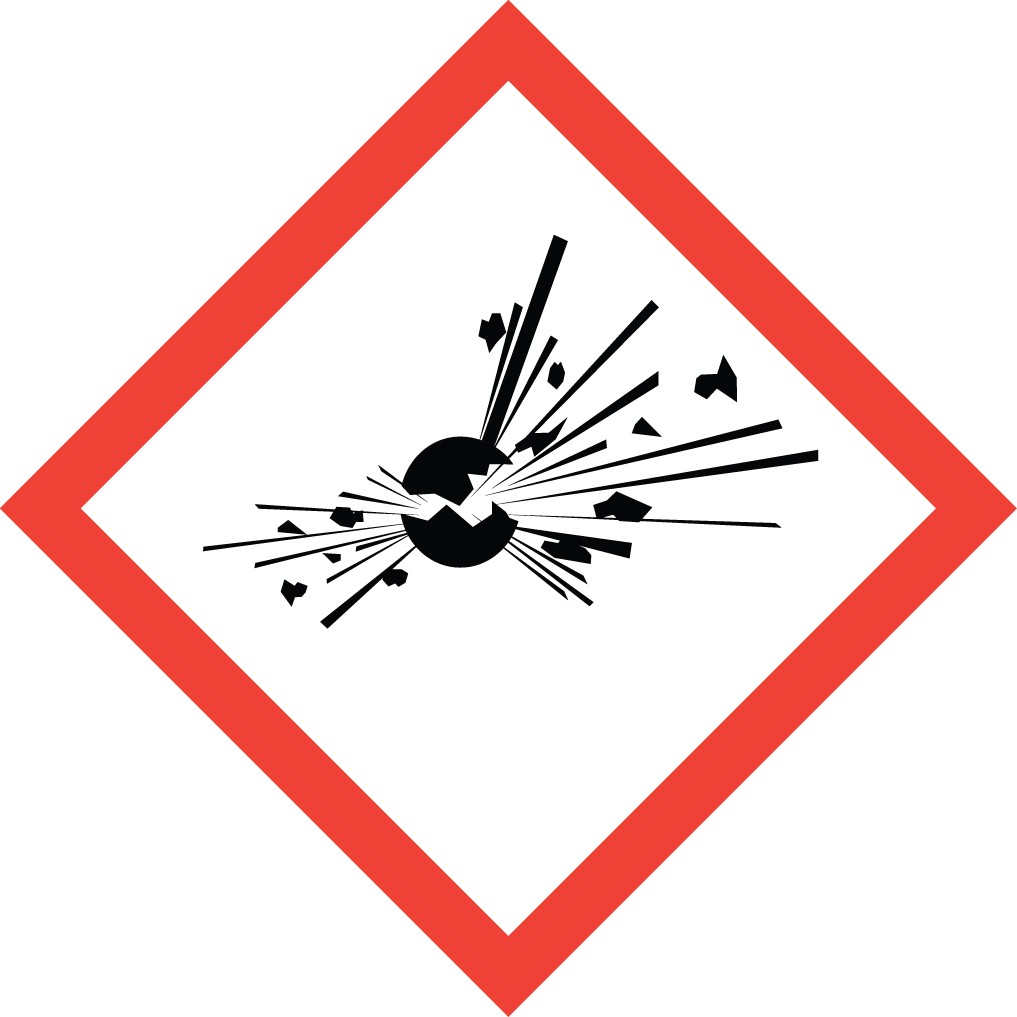 |
| Toxic | Filters Materials with heavy metals, such as: Cadmium Lead Mercury Silver Pesticides Oils Waste paints and coatings |  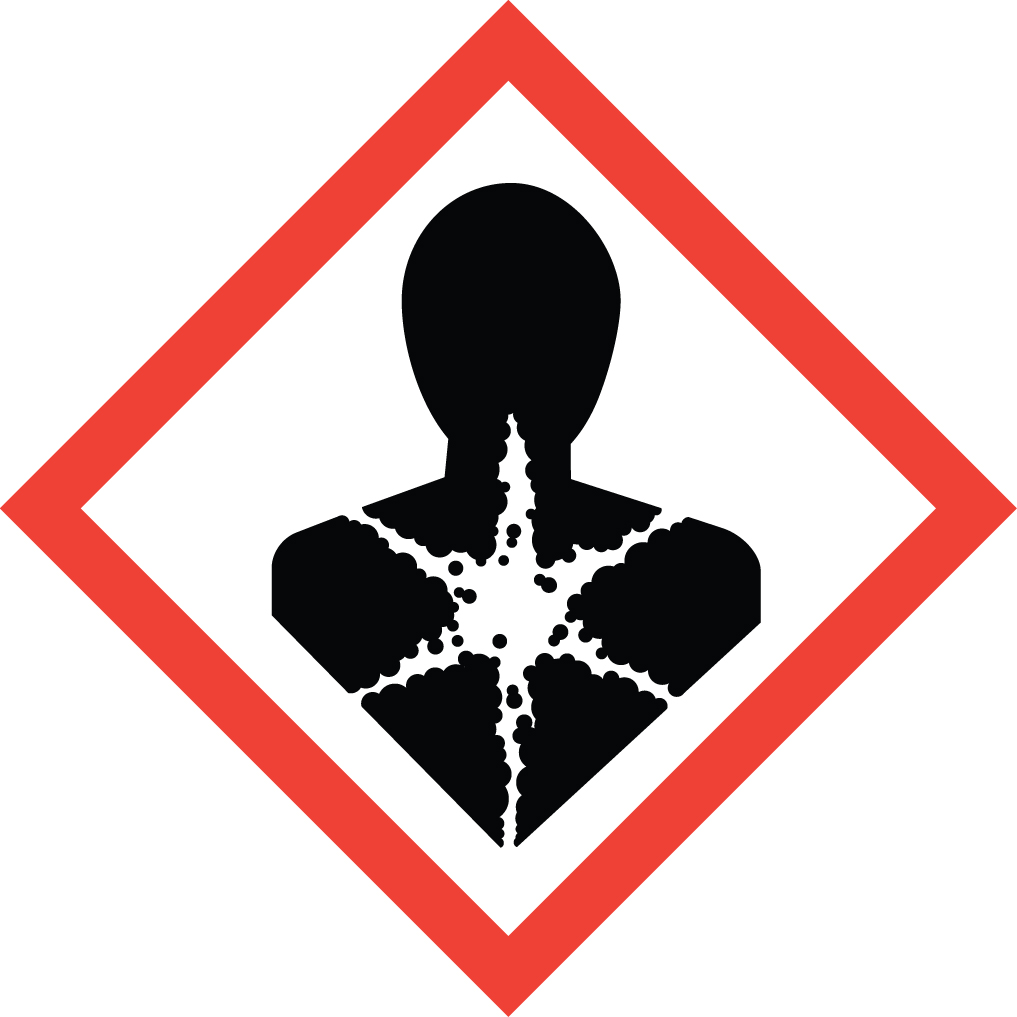 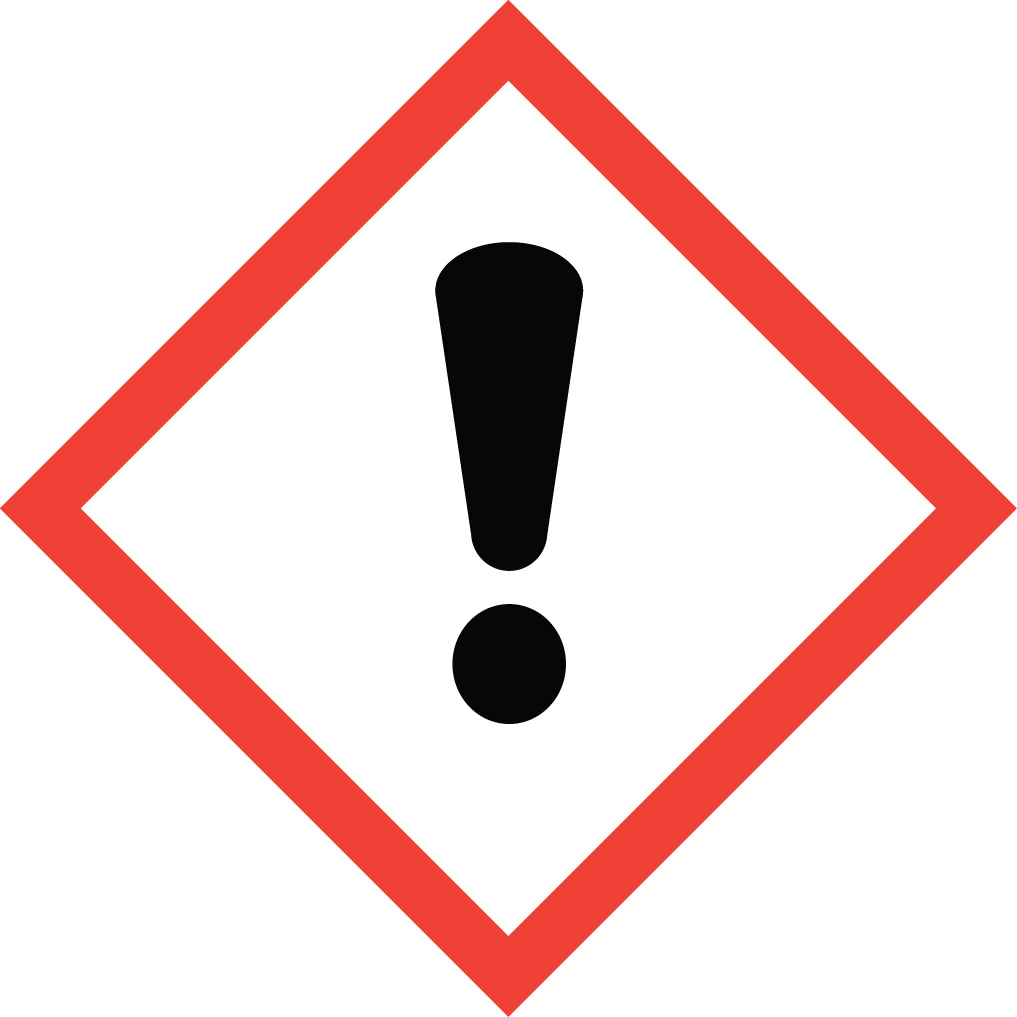 |
| Listed | Solvents Acetone Methyl Ethyl Ketone (MEK) Toluene Pharmaceuticals Nicotine Warfarin/Coumadin Plating wastes |   |
| Universal Waste | Mercury-Containing lamps Fluorescent lamps HID lamps Neon lamps, etc. Lead-acid batteries Rechargeable batteries Mercury-containing devices Thermostats Relay switches, etc. |
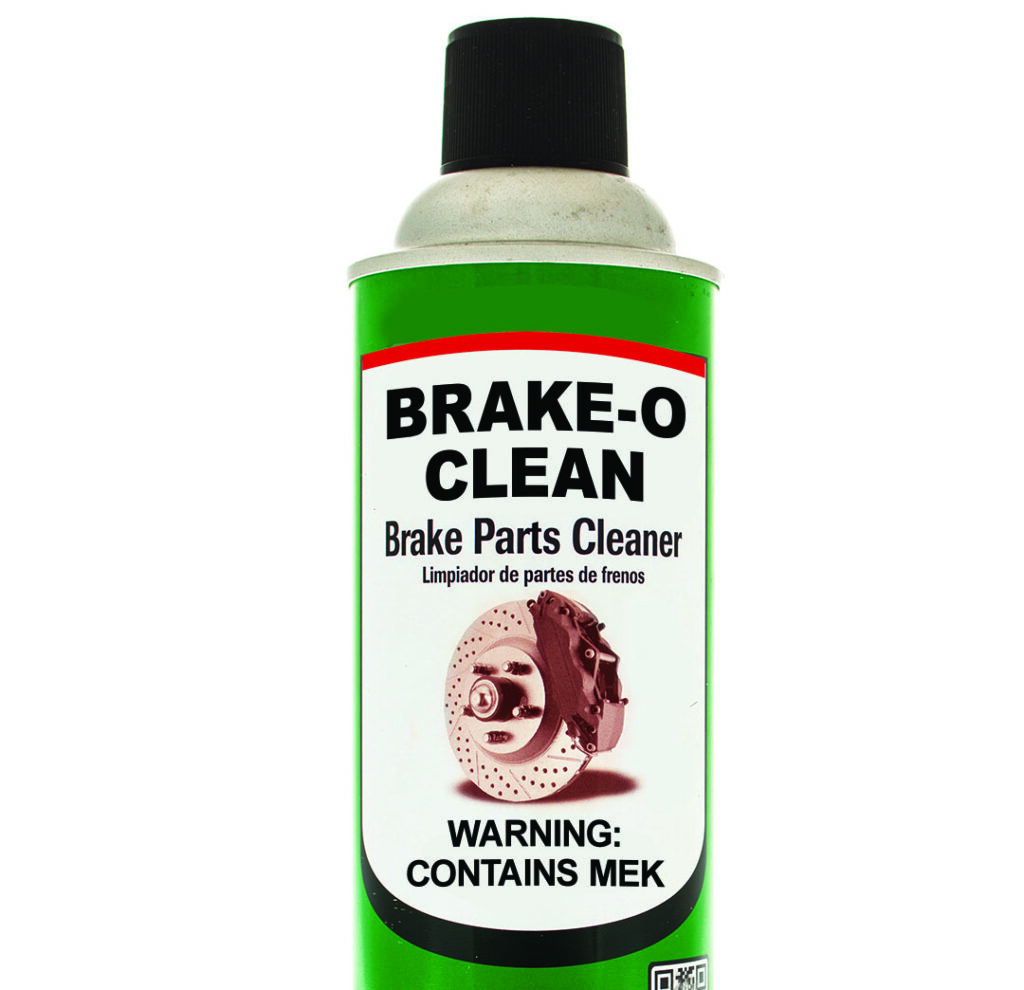
How To Start
Product labels and safety data sheets can help. Reviewing a product’s label or safety data sheet can have information on the product’s hazardous characteristics. The Globally Harmonized System’s (GHS) pictograms on product labels can be especially helpful.
Other Considerations
Always consider the process. A waste may become a hazardous waste due to the process that generated the waste or other materials that may have come in contact with the waste. For example, a rag or wipe is not hazardous on its own, but when used to clean up hazardous solvents the rag becomes a hazardous waste.
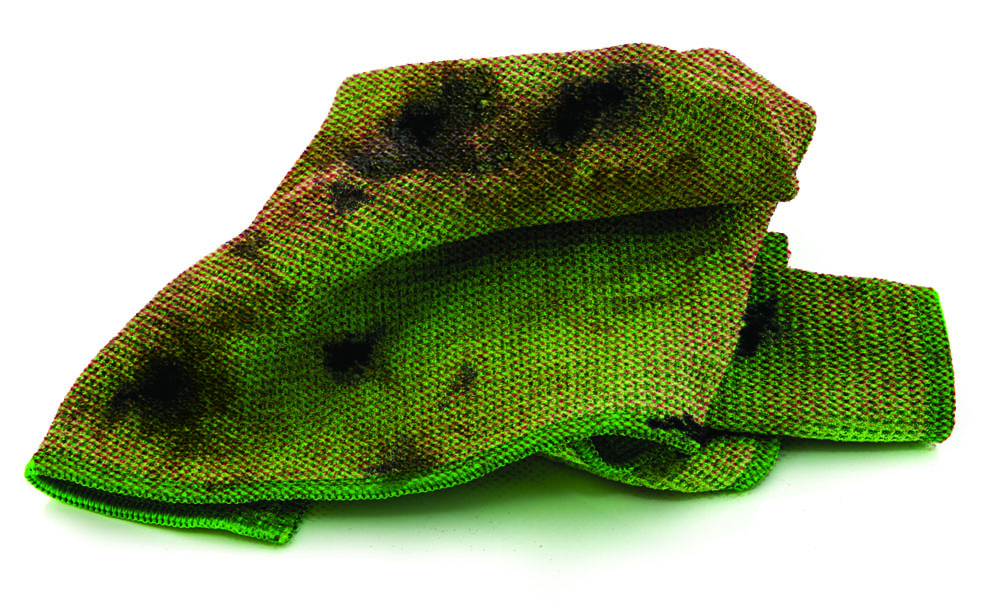
Compliance Tips
- Determine if every waste you generate is hazardous. It is every business’ responsibility to identify their hazardous wastes and manage them properly. Document all waste determinations as a best management practice.
- Use safety data sheets to identify hazardous characteristics of products. Know your products and how you use them to help you make a determination based on process knowledge.
- Lab testing may be needed to make a determination when unknowns or mixtures are involved. You also may need to test if there are very small amounts of a substance, such as toxic materials in the parts per million range.
- Consider substituting your product to reduce or eliminate generating hazardous wastes where possible.
Additional Resources
- Where Does It Go? Search Tool
- Recycle Guide & Downloadable Signage
- Household Chemical Collection
- Collection: Garbage & Recycling
- Hours: Solid Waste Disposal Complex
- Disposal Fee Information
- Educational Resources: Garbage and Recycling
- Recycling FAQ
- Map of Recycling Drop-Off Centers
- Artificial Reef Program
- Mulch Pickup Program
- For Businesses: Garbage & Recycling Resources
- How Mixed Recycling Works In Pinellas County
- Video Library: Garbage and Recycling
- Holiday and Gift-Giving Guide
- Pinellas Partners in Recycling
- Waste-to-Energy Facility
- Bridgeway Acres Landfill
- Solid Waste Master Plan
- Solid Waste Disposal Accounts
- Lealman Garbage and Recycling Collection
- Tampa Bay Recycles
- Why Recycling Is Important
- Discover Careers with Pinellas County Solid Waste
Contact Us
For more information or to request a printed copy of this guide, contact the Pinellas County Small Quantity Generator Program at (727) 464-7500 or bwa@pinellas.gov.